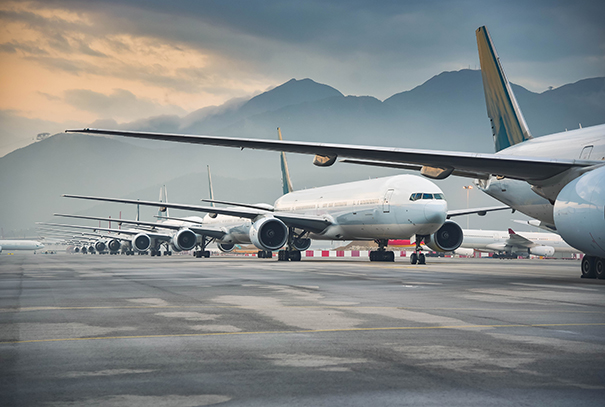
Firstly, I hope everyone is healthy and has managed to cope with the past 12 months of working and living through a pandemic. Like many countries during the last few months, in the UK we have been under almost total lockdown.
We have resorted as a nation to taking walks close to home as part of our daily allowed exercise and I often wonder whether this is some sort of dream as I watch those walking the other way, occasionally swerving past me to maintain the two-metre distance. Surely, we have to get back to normality soon?
Last summer, most of us probably imagined that by the beginning of March 2021, we would be back in the office and looking forward to the rest of the year and 2022 with huge positivity.
Roll forward to today and here we are all still working from home, 12 months on from the start of the pandemic, having weathered a tumultuous 2020. Most of our clients are thankfully still in business and most insurers and reinsurers have survived some of the largest financial losses in Aviation history. Collectively we have shown amazing resilience to continually change our business plans and work together to support each other.
2020 saw a huge dip in traffic in the summer, down almost 80%. Our original forecast in March 2020 indicated that recovery would be slow but return to 70% of pre-COVID-19 levels by early 2021.
We had so many unknowns to consider:
- Accumulation of aircraft on the ground;
- How would attritional losses change?
- Would fatal aircraft accidents reduce in line with exposures?
- How do we cover cost of capital?
- How many of our clients would survive?
At Chubb we had to quickly rewrite our business plan and establish even stronger, more frequent communications with clients and brokers in order to assess the impact. We listened empathetically to our clients with the goal of retaining a premium base that was commercially viable as well as trying to give consideration to our clients’ changes in exposures. It became clear that each client had their own unique set of circumstances and we had to respond on a case by case basis.
As 2020 progressed, it became clear that the Aviation industry was in trouble and that recovery would be slower and take much longer than anticipated.
In terms of Aviation insurers’ results for 2020, these appear to have been very mixed. As regards 2020 claims, we saw several major fatal accidents and the expected fall in attritional losses has yet to fully materialise. In addition to this, the return premiums on the 2019 year of account and the adverse development of claims from previous years has had a negative impact on most insurers’ 2020 financial results. The reinsurance market has also suffered in terms of adverse development of historical losses and they will need to reflate their business, which will have an inevitable impact on the costs of all direct insurers.
As we go further into 2021 we are now predicting that we will not reach pre-COVID-19 levels of traffic until at least the end of 2023. In 2021 we should see a slow recovery in traffic followed by a much steeper resurgence in 2022.
We continue to have so many unknowns:
- How successful will the worldwide COVID-19 vaccinations be?
- How and which parts of the world will see recovery in traffic first?
- Will this be sustained or will another variant slow things down even further?
- When will business travel resume?
- When will we all get to go on holiday again?
In terms of safety, we have even more unknowns. How have the aircraft been stored? Have the aircraft been maintained properly? Have the pilots been retrained properly to return to flight? What are the pilots’ mental states? How do we regulate and measure this?
During 2021 we will continue to collect as much data as possible around attritional and large loss trends in order to hopefully see the beneficial impact of the much reduced flying, while balancing this against the potential increase in claims from aircraft, airports and manufacturers returning to a much more normalised level of operations.
Hopefully we can learn from 2020 in terms of handling the ongoing uncertainties and concerns of our clients and financial stakeholders. As insurers, we have to be clear as to how we intend to assess and price the risks we are taking on and to establish and articulate what minimum premiums are needed to cover those risks. One facet of 2020 that sticks in my mind was the need to treat each insured on a case by case basis. Some clients wanted certainty on costs as early as possible, some re purposed their businesses towards cargo carriage, some decided to almost shut their businesses and just wait for the storm to pass.
Our view at Chubb is that in 2021 we have to continue to communicate with and listen to our clients. We need to collectively understand how we create a sustainable future together so we can weather the storms that we may face over the next few years.
We have all shown great resilience and adaptability so far and, as we move towards Q2 2021, we are beginning to see the storm clouds clear and look forward to much sunnier calmer times ahead.
Finally, on a more personal note, hopefully this is the last time a Plane Talking article is written from the spare bedroom of someone’s house! I am sure we are all looking forward to getting back to the office as soon as possible, meeting our key stakeholders in person again and seeing the Aviation industry grow and thrive once more.


